I have been ponying horses for a number of years now, on a regular basis, and am absolutely convinced of its value and efficacy with young horses as well as older trained riding horses. There are many great benefits which give reason to implement ponying into your riding regimen that go beyond training the young horse.
- Ponying accustoms both horses to being in close proximity to one another and helps to desensitize each other to being bumped by another horse and having their personal space more closely occupied.
- Ponying builds your skills as a rider to manage control and direction of two horses simultaneously – encouraging a greater use of the voice to communicated with the horse being ponied and having to develop more subtle aids in directing the horse you are riding.
- Ponying can be effective in teaching both horses to take turns being the leader and the follower on rides just by adjusting the length of your ponying rope periodically, encouraging a more relaxed atmosphere during group rides.
- Ponying can be used to maximize the quality of physical conditioning during periods of limited riding time. If you are a rider with only a short block of time to exercise several horses in a day and find it increasingly difficult to give each horse the best physical routine ponying can help supplement this by doubling the length of exercise vs. time available.
For me, ponying first became a habit on solo trail rides. My goals were to
- A) condition two horses for 25 mile rides, and
- B) train a green horse to become a reliable trail horse.
My dilemmas were limited time and the fact that I could not consistently rely upon other riders to join me when taking my green horse out on the trail. To solve the problem I turned to ponying off my experienced trail horse, which allowed my green horse to become comfortable outside of the arena, familiar with differing terrain and new stimulus on the trail, and to build muscle without the stress of a rider initially. Once it was obvious that the ponying routine was working effectively for my green horse I began switching horses for the return ride; riding my experienced horse out to the half-way point, changing tack and riding my green horse back to the trail head. Since my green horse was already in a state of mind to be relaxed about going down the trail and having some miles under him before we switched out he was more than happy to mosey back to the trail head in a relaxed state of mind, while also becoming comfortable having to take over the lead of ponying another horse down the trail.
Now, that green horse of mine is the experienced trail horse ponying young horses.
Things have settled down after a particularly busy holiday / new year season and with the graciously mild winter weather starting this week I had it in my mind to get some ride time with both Jobi and begin it with Aligarh while the mild temps remain. I have a particular distaste for starting youngsters when the temps are too much below freezing – my hands don't handle the cold well so I have a tendency to lose grip strength.
Aligarh did well, I have not ponied him before so spent some time walking and trotting around the arena with him, changing directions, speed and moving into his space to get him accustomed to being directed by the lead horse, in this case it was Jobi. He was a true natural at it and after 15-20 minutes my boyfriend Jason marched out donning his helmet (standard attire around here for any rider, worth the investment of $30), went through the routine of patting the saddle, making noise with the stirrups, moving the saddle back and forth a bit, jumping up and down, weighing each stirrup and then finally getting on board.
Everyone okay, safe and sound, Jason soundly aboard and feeling calm about the situation. So we proceeded walking around the arena, changing directions, looping around some intentional obstacles that have been set up for some time. We asked him for some calm halts and then returned to a nice forward walk. As soon as he gave a truly “this is a comfortable thing for me to do” walk and halt I had Jason dismount and that was the event of the night.
I want to come back to what ponying offers when working with the young horse and starting a horse under saddle. I like to compare it to lunging a horse and using leading as step between catching the horse and teaching him to lunge. If you have a young horse who has never been taught to lead you would not expect to catch him and begin teaching him to lunge without first teaching him to be led in from the pasture. Ponying can be like that – a bridge for communication when transitioning from leading/lunging the horse to sitting on his back and giving direction.
A big hurdle for some in training a young horse under saddle is to go forward properly and to respond to the aids quietly and lightly. Ponying allows the horse to be guided in the proper direction and speed while the rider implements the aids they wish to use to communicate these things to the horse. Slowly the rider begins to direct the young horse more and more and the lead rider less and less until the green horse is able to understand clearly what the rider wishes from them. Lunging the young horse with a rider up can also be very effective in this way if the horse has been trained to walk, trot, canter, halt and change directions on the lunge before putting the rider up.
Out of curiosity – do you use ponying yourself and if so how and what benefits do you find in it? Any that are similar or different from what I've expressed above?
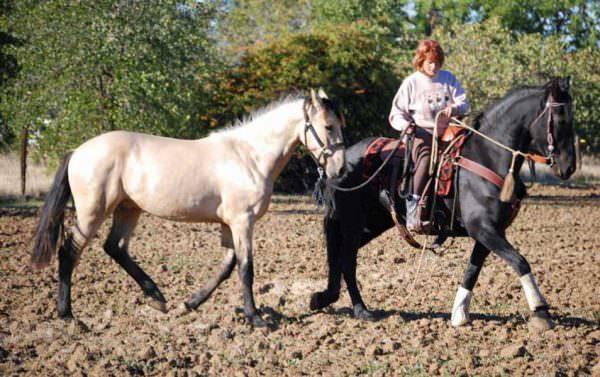
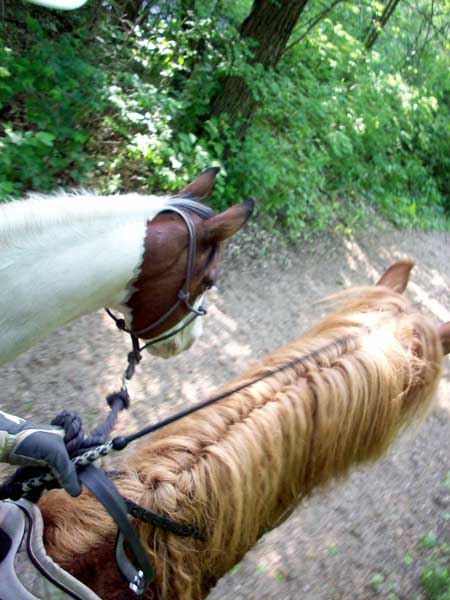
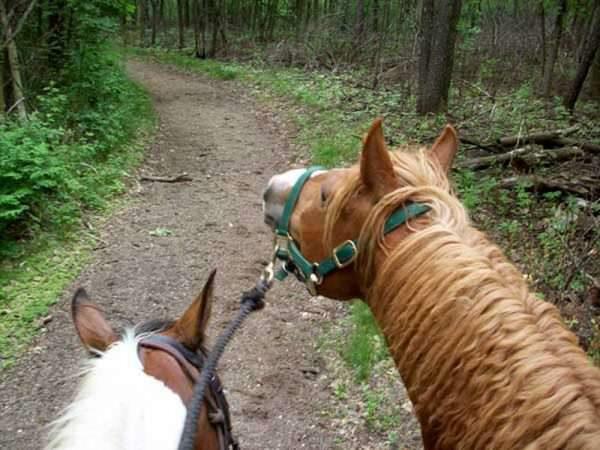

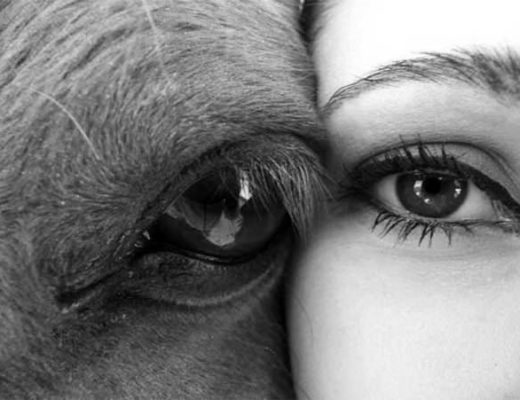
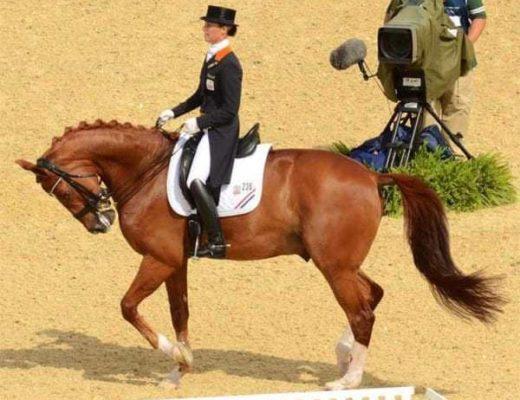
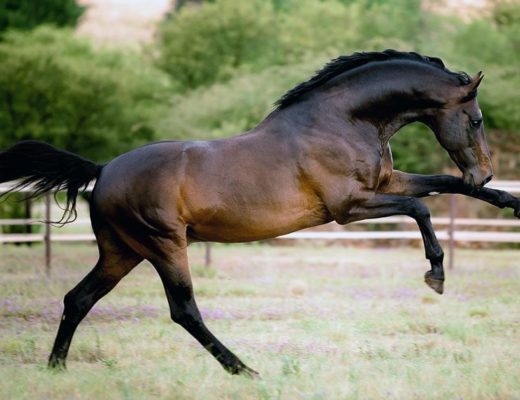
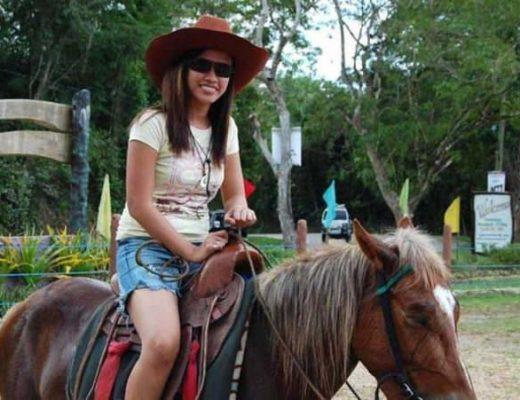
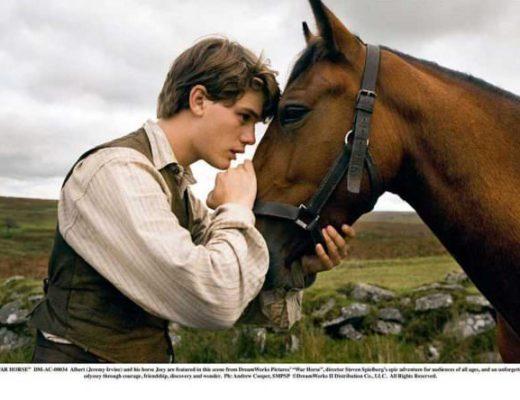
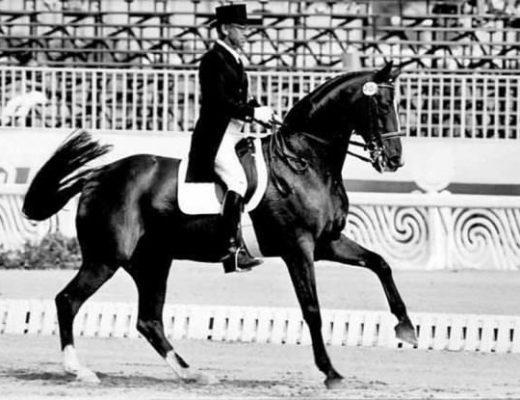
I have wanted to do this with my horses. I tried taking them into the arena to practice. They get along really well so I wasn’t worried about closeness, but once when I tried trotting (carefully and very briefly) my mare didn’t follow and I almost got pulled instead. Fortunately, my gelding is a really good stopper and knows what “whoa” means.
What is the best way to work on ponying. I would love to be able to take both of them on the trail by safely ponying one. Like you, I have limited time and the drive to the trail can get expensive!
Like you found out, ponying will test your pony horse’s ability to give to pressure on the poll. It can be a great way to reinforce and build on this, but has to be done in steps. With horses who don’t follow automatically by giving to the pressure when you move out, whether it’s at the walk or trot (or canter!), it is best to move around the arena in circle patterns. This will keep your pony horse’s feet moving – he cannot resist the pressure when you are moving in a circle around him. Once he is consistently moving with you at your side, going both directions, start making the circles larger and larger and eventually straight lines.
Polo ponies are usually worked in sets so that you can condition multiple animals and not have to keep so many grooms. I use ponying with mine and it also is great for horses coming back from injury, or a sore back. Even the older ones you don’t want so much wear and tear on. I personally love ponying, esp cantering along with 6 horses in tow 🙂
I retrain OTTB’s to become school horses and use ponying when I feel they are ready.
Like you I sometimes am pushed for time to get them all ridden. I think it is a great alternative to lungeing, as the horses are not always on a circle. It is a test of docility and as you said they will get themselves bumped sometimes etc and it is good that they feel comfortable with that especially if the rider is not very confident. The best school horses I have used were forward, but confident and some were thoroughbreds off the track. As I was ponying horses today who are coming back into work after stone bruising, I was thinking that I really should as a rule put polo wraps on their front legs in case of a kick…
I also ask my riders to do some leading as I really think it improves ones riding and ones ability to separate the aids and different parts of ones body.
It all started when I was coming up with a way of re-socialising these OTTBs. When they first came from the track they were agressive with one another and as I was thinking of turning them out together, I had to think of a solution. I started leading them in pairs on the ground, when I found 2 that walked nicely side by side, I would stop and let them graze for a while, then I decided to pony one from the other and now most of them are fine with it.
Lucky for me I have a particularly good one to lead from and HE seems to train the others…. He “keeps them in order” as long as I hold the horse I am leading with his nose at my knee.